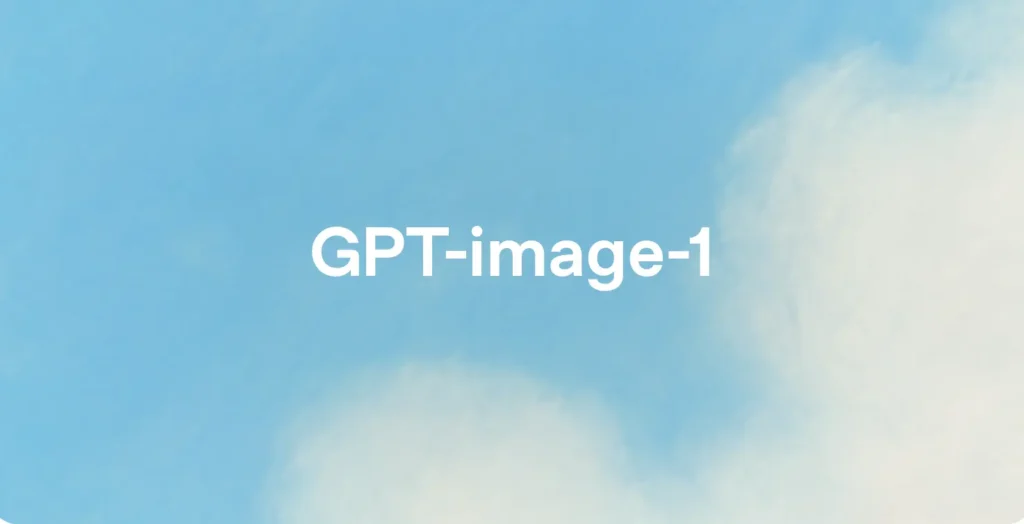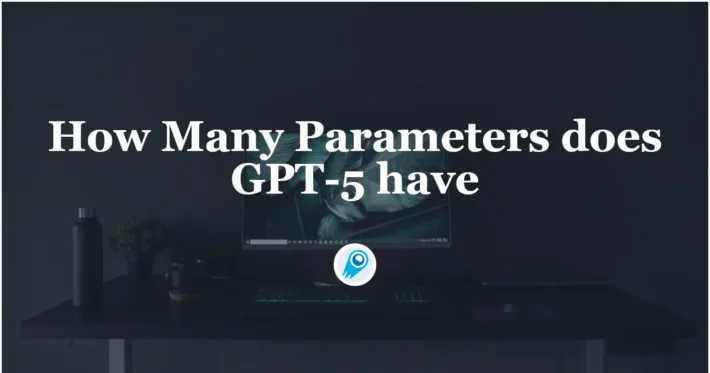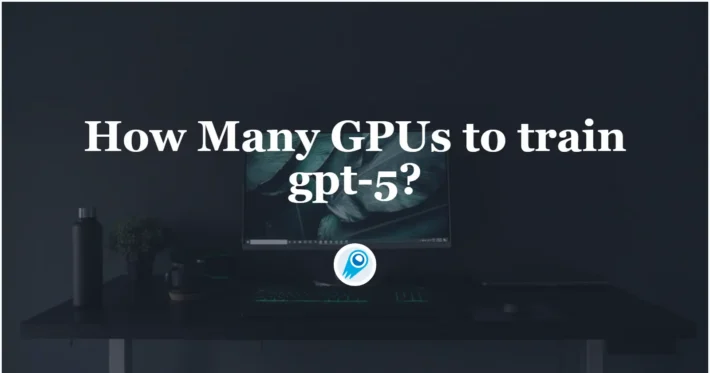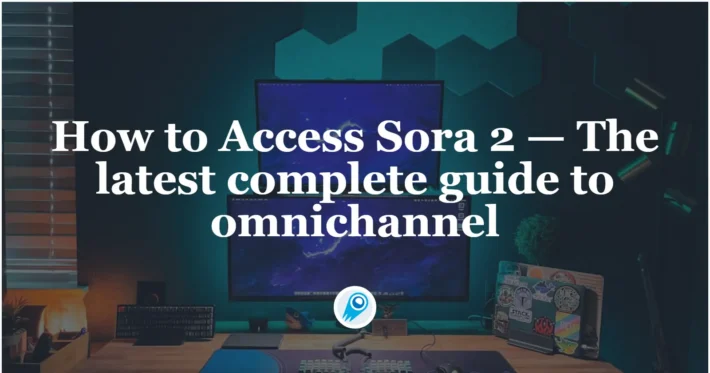Create Stunning Images Effortlessly with GPT-image-1 API

The GPT-Image-1 API is a cutting-edge image generation tool developed by OpenAI, designed to transform textual descriptions into high-quality images. This API leverages advanced machine learning models to interpret and visualize user-provided prompts, making it a powerful asset for developers, designers, and content creators.
What Is the GPT-Image-1 API
At its core, the GPT-Image-1 API utilizes deep learning techniques to analyze textual input and generate corresponding images. This process involves natural language processing to comprehend the prompt and computer vision algorithms to create the visual output.
Key Features
- Text-to-Image Conversion: Transforms descriptive text into detailed images.
- Customization Options: Allows users to specify parameters like image size, style, and quality.
- High-Resolution Outputs: Generates images suitable for various applications, from web content to print media.
Why Use the GPT-Image-1 API?
Versatility Across Industries
The GPT-Image-1 API is beneficial across multiple sectors:
- Marketing: Create compelling visuals for campaigns without the need for graphic designers.
- Education: Develop illustrative content to enhance learning materials.
- Entertainment: Generate concept art and storyboards for creative projects.
Efficiency and Cost-Effectiveness
By automating the image creation process, the GPT-Image-1 API reduces the time and resources typically required for visual content development.

How to Get Started with the GPT-Image-1 API
Step 1: Obtain API Access
To use the GPT-Image-1 API, you need to acquire an API key from OpenAI. This involves creating an account on the OpenAI platform and subscribing to a suitable plan that includes access to the image generation API.
Step 2: Set Up Your Development Environment
Ensure you have a programming environment ready, with necessary libraries installed. For Python users, this includes the requests library for handling HTTP requests.
Step 3: Make API Calls
Use HTTP POST requests to interact with the GPT-Image-1 API, sending your textual prompts and receiving generated images in response.
Code Example: Generating an Image
Below is a Python example demonstrating how to generate an image using the GPT-Image-1 API:
import requests
# Replace with your actual API key
api_key = 'your_api_key_here'
# Define the API endpoint
api_url = 'https://api.openai.com/v1/images/generations'
# Set up the headers with your API key
headers = {
'Authorization': f'Bearer {api_key}',
'Content-Type': 'application/json'
}
# Define the data payload with your prompt and desired parameters
data = {
'prompt': 'A serene landscape with mountains and a river at sunset',
'n': 1,
'size': '1024x1024'
}
# Make the POST request to the API
response = requests.post(api_url, headers=headers, json=data)
# Check if the request was successful
if response.status_code == 200:
image_url = response.json()['data'][0]['url']
print(f'Generated image URL: {image_url}')
else:
print(f'Error: {response.status_code} - {response.text}')
Parameters Explained:
model: Specifies the model to use; here, it’s"gpt-image-1".prompt: Describes the image you want to generate.size: Sets the dimensions of the image.n: Number of images to generate.response_format: Determines the format of the response;"url"returns a link to the image.
This script sends a prompt to the GPT-Image-1 API and prints the URL of the generated image. You can modify the prompt and size parameters to suit your specific needs.
Accesss with CometAPI
CometAPI is a one-stop aggregation platform for large model APIs, offering seamless integration and management of API services. It supports the invocation of various mainstream AI models.This includes image generation, video generation, chat, TTS, and STT AI, all on one platform.
GPT-image-1 API follows the openai v1/images/generations format for calls,You just need to follow the steps below to call xxAPI from CometAPI:
- Log in to cometapi.com. If you are not our user yet, please register first
- Get the access credential API key of the interface
- Replace <YOUR_AIMLAPI_KEY> with your actual CometAPI key from your account
- Replace
api_urlwithhttps://api.cometapi.com/v1/images/generations
GPT-Image-1 API Pricing in CometAPI,20% off the official price,quick start see API guide (model name: gpt-image-1)
Best Practices for Using the GPT-Image-1 API
Crafting Effective Prompts
The quality of the generated image heavily depends on the clarity and specificity of your prompt. Consider the following tips:
- Be Descriptive: Include specific details about the scene, objects, colors, and mood.
- Use Clear Language: Avoid ambiguous terms that could lead to unintended interpretations.
- Experiment: Try different phrasings to see how the output varies and refine your prompts accordingly.
Managing API Usage
Keep track of your API usage to stay within your subscription limits. Implement error handling in your code to manage rate limits and handle potential issues gracefully.
Advanced Features and Customization
Generating Multiple Images
To generate multiple images in a single request, adjust the n parameter:
pythonresponse = openai.Image.create(
model="gpt-image-1",
prompt="A futuristic cityscape at night",
size="1024x1024",
n=3,
response_format="url"
)
This will return three different images based on the same prompt.
Adjusting Image Parameters
The GPT-Image-1 API allows you to customize various aspects of the generated images:
- Size: Specify dimensions like ‘256×256’, ‘512×512’, or ‘1024×1024’.
- Number of Images: Generate multiple images at once by setting the
nparameter. - Response Format: Choose between URL links or base64-encoded JSON for the image output.
Integrating with Other Tools
OpenAI’s GPT-Image-1 model has been integrated into Adobe’s Firefly and Figma, allowing users to generate and edit images directly within these platforms . This integration streamlines the creative process, enabling rapid prototyping and design iteration.
You can integrate the GPT-Image-1 API with other applications and services:
- Web Applications: Incorporate image generation into your website for dynamic content creation.
- Mobile Apps: Enable users to generate images on-the-go within your app.
- Content Management Systems: Automate the creation of visual content for blogs and articles.
Conclusion
The GPT-Image-1 API offers a powerful solution for generating high-quality images from textual descriptions. By understanding how to effectively use this tool, you can enhance your projects with custom visuals, streamline your content creation process, and explore new creative possibilities.
As AI technology continues to evolve, tools like the GPT-Image-1 API will play an increasingly significant role in various industries, enabling users to bring their ideas to life with greater efficiency and creativity.



